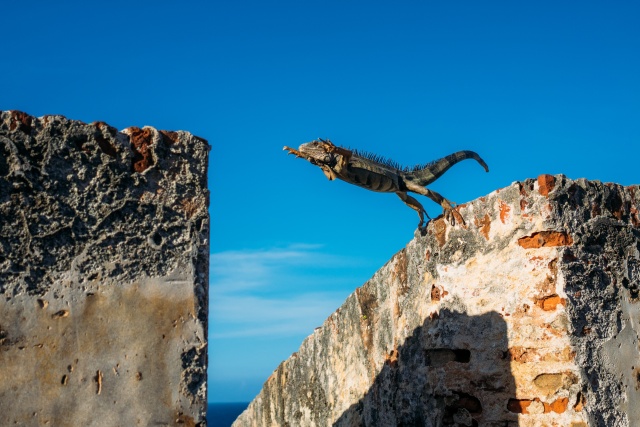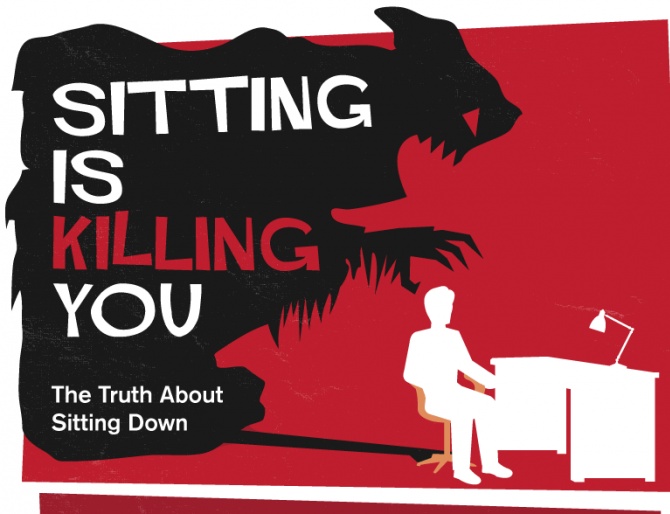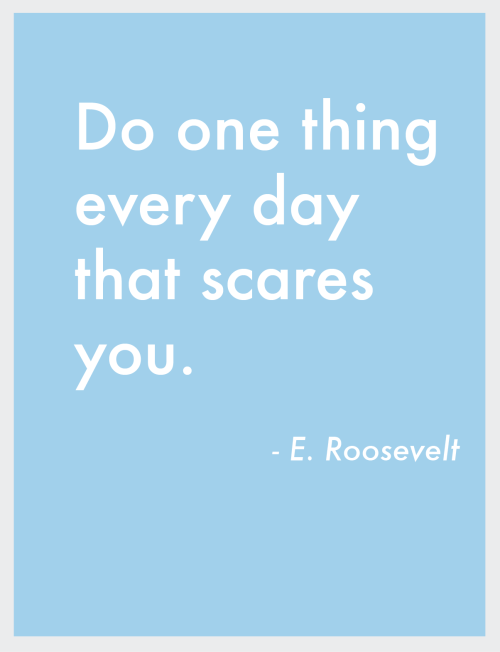
Until the age of 25 the youthful body grows. We can eat a lot and we won’t get fat until we overindulge and stay on the couch all the time.
We move for fun and moving actually is fun because we’re so strong that it’s almost effortless.
We only notice a change once we get sick or until later in life. As long as we’re young and healthy we take everything for granted.
Of course many people deal with chronic illnesses that lead to obesity or other health issues usually associated with older age but you get the point.
Aging is what happens after the age of 25 when you still assume you can keep on living like you did during your growth phase aka childhood and youth.
Don’t get me wrong: You don’t have to be slim at all costs!
There are multiple body types and you can weigh a lot without being truly obese. It’s not about looking like a teen forever.
Age and Weight
I’ve been overweight myself for a few years so I know that it often happens gradually and you do not even notice how your body loses it’s ability to move fast or over long distances.
One day you wake up to the reality that just using the stairs leaves you breathless. Or you try to get the bus and attempt to run just to realize that you can’t for some reason move as fast as you used to.
In many cases the process of aging is so slow that you only notice it on your skin or hair.
Your body still looks the same it did a decade ago if you’re lucky. Maybe you aren’t lucky though. Maybe even if you’re lucky it’s not real luck.
It’s better to deal with aging right when it starts – at 25. For some it may start even earlier, just like some guys lose their hair already in their twenties some people struggle with lack of
- strength
- agility
- flexibility
earlier than others. Whenever you notice the effects of aging, don’t fret!
Say “thank you” for the reminder and start to beat aging. Now you can act accordingly.
Some people never stop to move, exercise and train but most of them are professional athletes. Average people like you and me sit all day
- staring at screens
- working at counters, desks or assembly-lines
- waiting in traffic
- watching TV
- playing games

Guess what, this “sedentary lifestyle” is what you should be afraid of – not simply the numerical aging as in becoming 30, 40, 50 years old or even older.
You can beat and defeat aging by not simply sitting down and letting your body rot.
A study comparing middle-aged and elderly people has proven it.
Some people sat all their life, others moved. You won’t believe what happened next!
The people who trained regularly until their seventies still had the muscle of 40 year olds while sedentary people had severe muscle atrophy. They compared triathletes and average people.
Sadly standing or worse lying down do not help either. Standing desks have almost no positive effect and lying down is even worse for the metabolism.
Only actual movement helps. Every move counts studies have shown. Farmers in Jamaica who perform approx. 5000 movements a day are the healthiest.
Training for Versatility
While triathlon is a fairly demanding but somewhat balanced discipline – after all it includes running, cycling and swimming – it’s still focused too much on long distances and endurance.
For me personally parkour training with its combination of
- flexibility
- agility
- strength
training is a much better choice. It’s not just that triathlon would be too demanding for me.
When you train parkour you also improve basic (but also very complex) motor skills like balance or hand to eye coordination.
You can also learn to mobilize energy in an explosive way to be able to jump or leap far and high enough.
Jogging in contrast only makes use of little doses of energy at once. You spread it thin over time. Long distance running trains endurance but almost nothing else.
For parkour you need to be able to sprint and overcome obstacles at the same time.
When I started out I was so exhausted that I had to stop and pant almost after each obstacle. You can’t train that while jogging.
Body building on the other hand focuses predominantly on either strength or rather quite often body mass.
Body builders who as the name suggest mostly build their body do not even have to be very strong in some ways. They only need to be able to lift huge weights at once. This forces the body to grow muscle to cope.
When doing parkour you combine all of the above. You
- run
- climb
- jump
- balance
- lift
using your own body weight.
At the end of the day you will be even more versatile after 30 years than triathletes probably as a parkour practitioner.
Getting Rid of Fat and Fear

When training the skills needed to be able to master parkour moves you will also witness some desirable side-effects:
- weight-loss
- improved focus
- composure
Also
when you face fear and pain every day you get used to it and they’re not as scary and painful anymore.
What do I mean by fear and pain? The fear of
- failure
- heights
- injury
and the pain from the many repetitions of your body-weight exercises.
Of course minor bruises or strains on the body also happen but when you train properly you can practice parkour without getting seriously injured.
What you see on YouTube – the incredible leaps over roof gaps or huge drops – are not a sign of taking unnecessary risks.
These people are so well trained and self-confident that they know they can do it and the danger is negligible – just like when you cross the street.
The actual danger we all face is that of slow death – a never ending agony taking decades and ending with a certain death.
When you treat your body as ballast you have to carry around with you instead of the wonder it really is – biological machine allowing you incredible movement – you die slowly every day. Bit by bit you die day by day. This is aging!
What Are the Effects of Aging?
Aging means that every year you roughly lose ca. 1% of your muscle mass. You only lose it when you don’t gain 2% by training though.
My father is in his late seventies and he still has more muscle than I do because he started practicing body building in the nineteen sixties.
By body building I mean his case what you call calisthenics these days. They had no gym or machines whatsoever back in those days so he put an iron bar between two trees and started training pull ups.
The bar is still there in his town of birth where he started training as young man. Now it’s like 10m above ground, as the trees grew for 50+ years.
Most of us haven’t lived up to their full potential – not even close.
In case you lead a sedentary lifestyle as in
- working in an office
- using a car or public transport
- watching TV in the evening
use probably not more than 20% of their potential strength, agility and flexibility. Olympians at the height of their career probably use up to 100%.
I’m somewhere in between I guess. After 5+ of years of regular parkour training I probably arrived at something like 50%.
My training is not particularly hard compared to others. Also I have to do some actual work after training so I can’t be so tired that I can’t even lift a mouse anymore.
I probably won’t be an Olympian in future but I still might become even more powerful by sheer continuity and perseverance.
Sometimes when training I’m surprised to find out that I can tings I could have never thought to be possible.
For example just recently I started practicing one arm and one leg pushups. I lift one arm and one leg (left arm and right leg for example) and then do some pushups.
They look far from perfect but I’m amazed that I can even attempt them without falling flat on face.
How Did I Beat Aging Personally?
Thanks to my regular training and overall relatively healthy lifestyle I was able to mitigate the effects of aging despite a desk/computer job:
- parkour training almost daily for up to 2h
- walking the dog for 1h – 2h a day
- no TV watching during the week
- regular stretching etc. almost every hour
- almost vegan diet (I still eat things like honey or eggs but no meat and dairy)
- daily meditation for ca. 1h
- no smartphone usage (only simple mobile phone)
I guess I might have improved more than the 1% I would usually lose every year. As I was very weak, already overweight and unhealthy prior to starting I guess I was at no more than 20% of my potential.
For every year that I trained it seems I improved something like 5% per year so that after soon 6 years I will be at the 50%. This is of course fuzzy maths but you get the point. The gist of my experience is that you can gain more than you lose because of sheer age.
In case you think 40 something is not old and you might be too old at 50, 75 or 100 just read the story of this 105 year old cyclist who still baffles scientists even at his age by beating aging in a way they thought was impossible after 50.